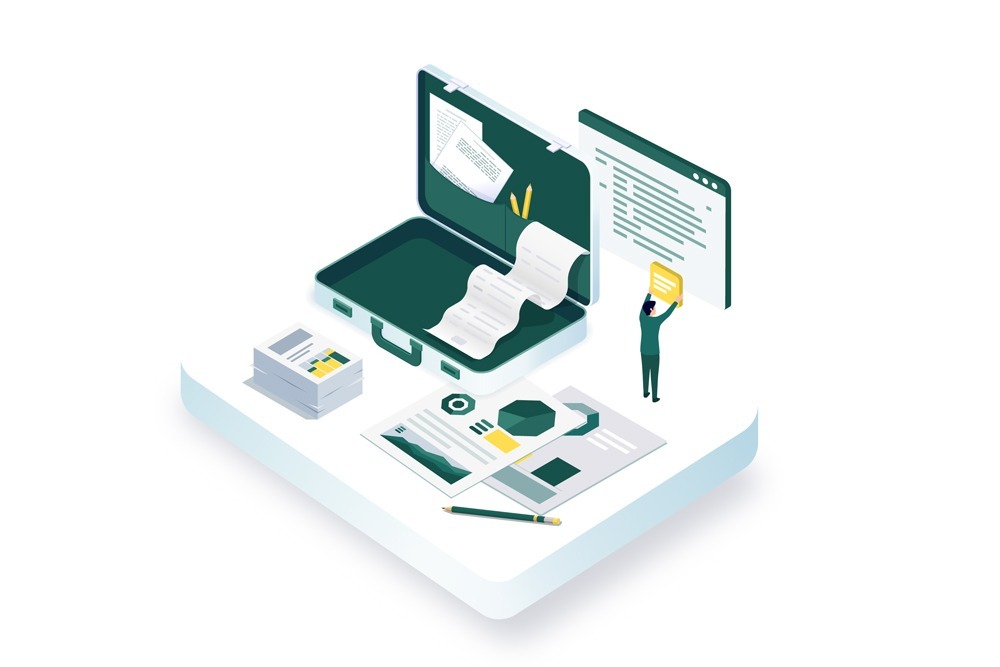Comprehensive financial management is about more than keeping your books in order. It gives you a clear view of your business finances, day by day. Many companies struggle with unclear reports, late decisions, and money that seems to disappear. Without proper control, it’s hard to grow or even stay stable. This approach helps you plan, track, and adjust before problems turn into losses.
What Is Comprehensive Financial Management?
Comprehensive financial management means looking at every part of your business finances, not just income and expenses. It connects daily tasks with future planning. Many businesses stop at accounting and bookkeeping, but that’s only one small piece. To stay strong and grow, you need to see the full picture.
This includes tools and steps that help you plan ahead, watch for problems, and make better money decisions. A good financial system gives clear answers instead of guesses.
Here are some things that are part of this approach:
- financial modeling
- investment planning
- forecasting tools
- compliance monitoring
- risk monitoring and control
- continuous risk monitoring
It also includes knowing what is KPI reporting and how to track the numbers that matter most to your goals. These parts work together to keep your business stable and ready for growth. You don’t need to be a certified financial planner to use them. You just need the right tools and support to make sense of the numbers.
When you connect your financial process with ERP and accounting software like NetSuite ERP, it becomes easier to manage everything in one place. This setup helps you focus more on decisions and less on chasing data.
What Does Comprehensive Financial Management Include?
Many people think financial work is just about taxes or tracking spending. But comprehensive financial management covers much more than that. It brings together the full set of tools and tasks needed to guide your business in the right direction.
A strong financial setup helps you see where you are now and where you’re going. It also helps you react quickly when things change. This isn’t just helpful — it’s necessary if you want to grow safely and avoid big money mistakes.
Here are some key parts of a complete system:
- accounting and bookkeeping
- forecasting tools
- financial modeling
- investment planning
- compliance monitoring
- risk monitoring
- risk monitoring and control
- continuous risk monitoring
Each part plays its role. For example, forecasting tools help you plan for next quarter. Risk monitoring alerts you before problems grow. Financial modeling helps test ideas before you act. These are not just for large companies — even small businesses can use them to gain control.
With the right plan and process in place, your numbers become more useful. You stop guessing and start leading with confidence.
Why Your Business Needs Comprehensive Financial Management
Running a business without clear financial control is like driving without a map. You might move forward, but you won’t know where you’re heading. That’s why comprehensive financial management matters. It gives you a full picture so you can make better, faster decisions.
Many business owners rely on spreadsheets or old reports that no longer reflect the current situation. This can lead to overspending, cash flow problems, or missed chances to grow. With the right tools, you stay updated and ready to act when it matters.
This kind of system helps you with:
- business process optimization
- forecasting tools
- financial modeling
- compliance monitoring
- risk monitoring
For example, business process optimization can help you fix delays in billing or cash collection. Forecasting tools let you plan for slow seasons or growth periods. And compliance monitoring keeps your business in line with laws and deadlines. These may seem small, but they protect your business and improve how you work.
Knowing your numbers also builds trust — with partners, banks, and your own team. When decisions are based on facts, not guesses, your business runs smoother and grows with less stress.
Integrating ERP Into Your Financial Management Strategy
If you’re using spreadsheets or disconnected tools, it’s hard to keep track of your finances. That’s where ERP and accounting software can make a big difference. An ERP system brings all your data together — from sales to payroll — in one place.
NetSuite ERP and Sage Intacct are two popular tools that help businesses manage money more clearly and in real time. These systems connect your accounting and bookkeeping with planning, reporting, and daily operations. This helps you stop jumping between apps and start focusing on what really matters.
Here are a few things an ERP system can support:
- netsuite accounting services
- sage intacct
- erp for finance
- business process optimization
- forecasting tools
- compliance monitoring
When everything is connected, you get real-time reports and fewer mistakes. Forecasting tools inside the ERP help you plan for next month, not just look back at last year. And with built-in compliance monitoring, you can avoid late filings or missed deadlines.
If you want your financial system to work smarter, not harder, a strong ERP like NetSuite ERP or Sage Intacct is worth exploring. It’s not just about saving time — it’s about making better decisions with better data.
The Role of a Comprehensive Financial Manager
A comprehensive financial manager looks beyond simple reports and daily tasks. They help connect the numbers to real business decisions. This role is not just about recording what happened — it’s about helping the business grow in the right direction.
A good financial manager uses tools like forecasting, risk monitoring, and investment planning to guide your choices. They also make sure you’re not missing anything with regular compliance monitoring and clear reporting. Instead of reacting to problems, they work to stop them before they happen.
Here’s what a financial manager may handle:
- business process optimization
- forecasting tools
- risk monitoring and control
- investment planning
- continuous risk monitoring
- sage intacct or NetSuite ERP setup and use
They also play a key role in choosing and using tools like Sage Intacct and NetSuite ERP. These platforms give them the data they need to give you better answers.
If you’re looking for a partner with both finance and ERP knowledge, Hundred MS is a great option. We understand the numbers, but we also understand the systems behind them — and how they work together. That’s what makes the difference.
Final Thoughts
Comprehensive financial management helps you understand your money, plan ahead, and avoid surprises. It’s not just for big companies. With tools like NetSuite ERP, Sage Intacct, and forecasting tools, any business can make better decisions.
You don’t need to be a certified financial planner. You just need the right setup and support. A partner like Hundred MS can help you bring everything together — from systems to strategy.
Good financial control gives you less stress and more time to focus on growth.
Frequently Asked Questions (FAQ)
Comprehensive financial management means managing all parts of your business finances — not just expenses and income. It includes planning, reporting, risk control, and future forecasting. This approach helps businesses make smarter decisions, avoid cash flow issues, and stay prepared for growth.
Basic accounting focuses on recording transactions and preparing reports. Financial management includes that, but also covers planning, budgeting, and long-term strategy. It connects your financial data to real business decisions, helping you move from just tracking money to actually managing it.
Businesses often use ERP and accounting software like NetSuite ERP or Sage Intacct. These systems help connect data, reduce manual work, and support tools like forecasting, financial modeling, and risk monitoring. These tools give a clearer view of your business and help avoid financial surprises.
Yes — even small businesses can benefit from a full financial system. It helps owners understand where money is going, plan for slow seasons, and avoid mistakes. You don’t need complex software to start; even simple tools can help build better habits.




